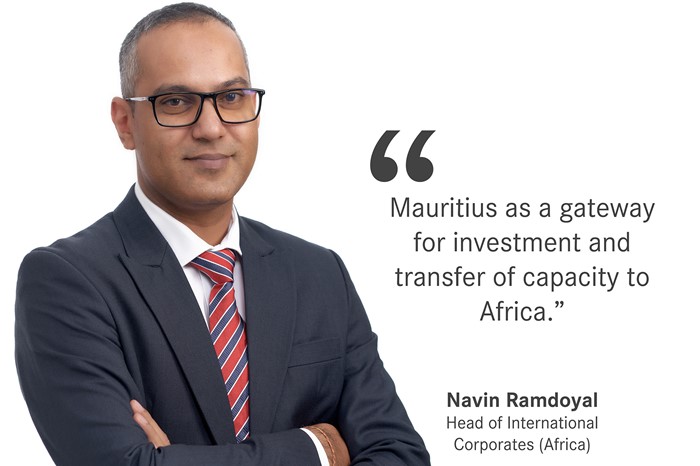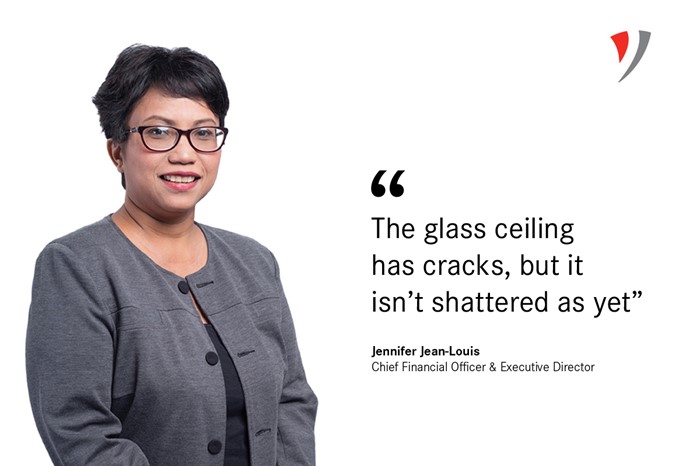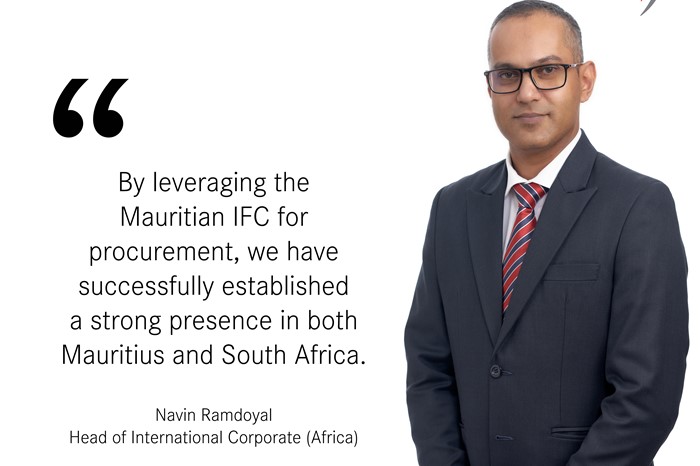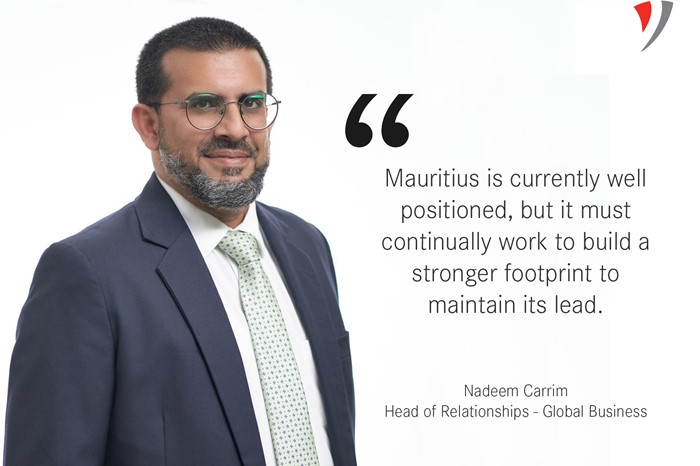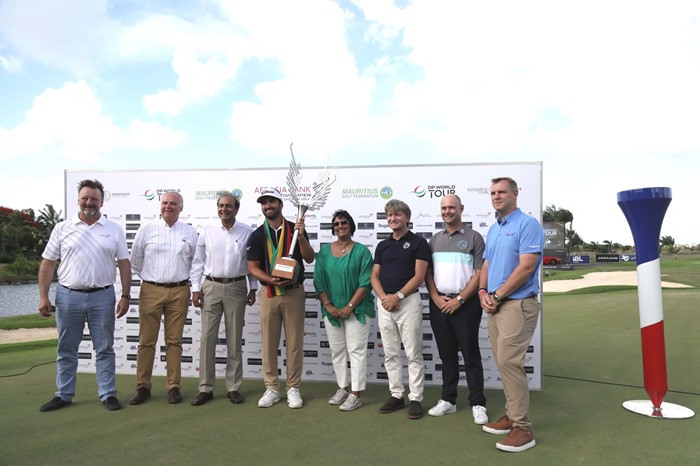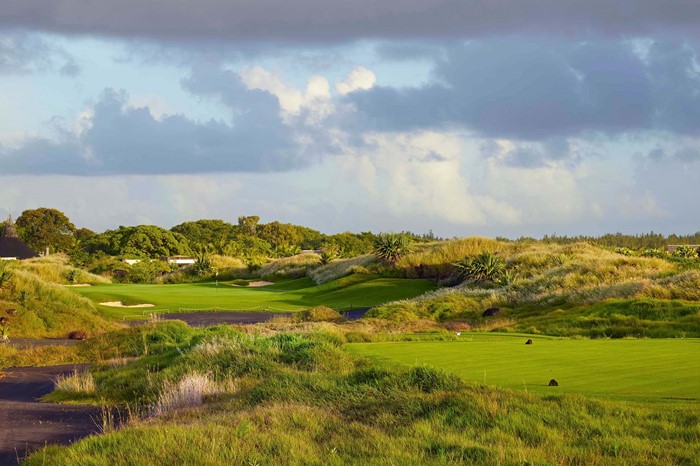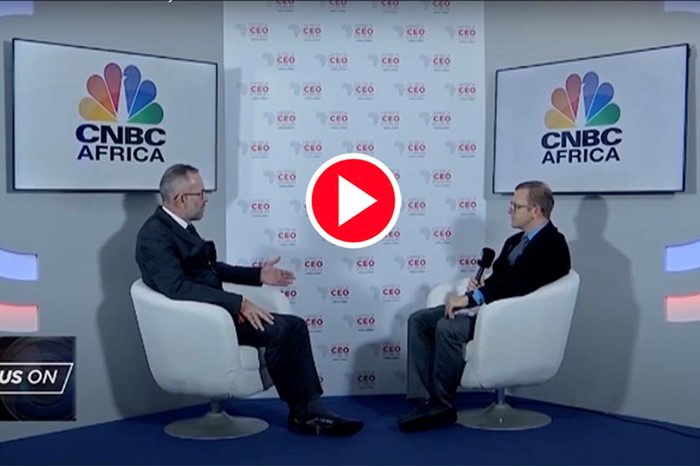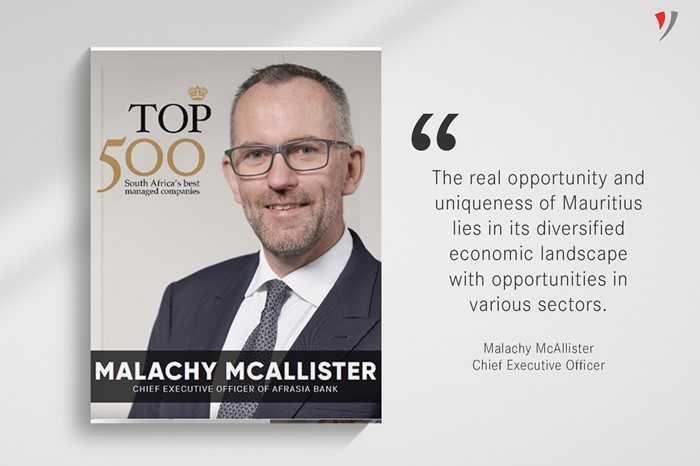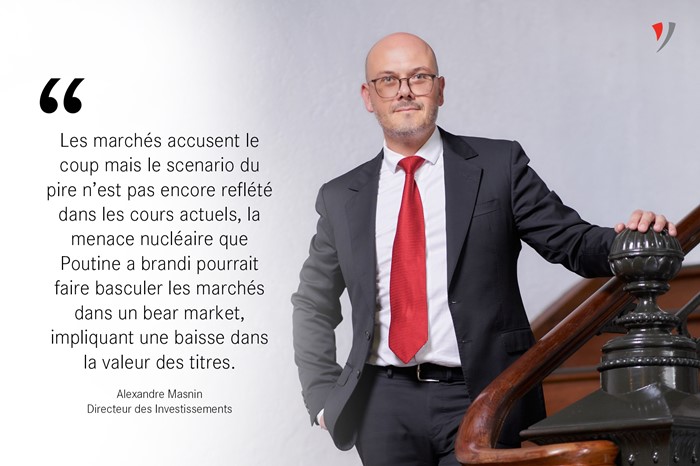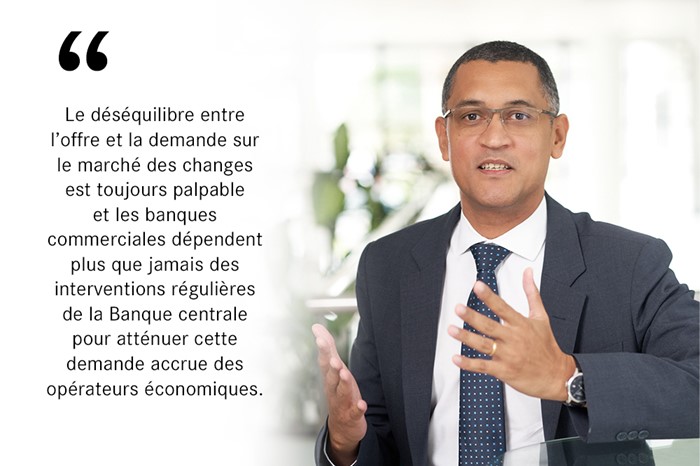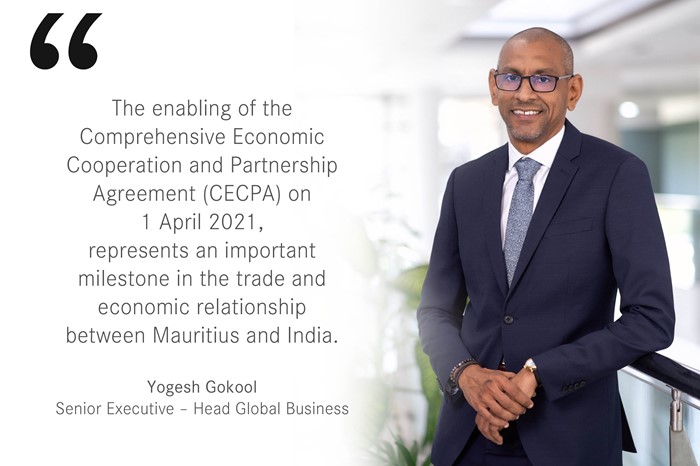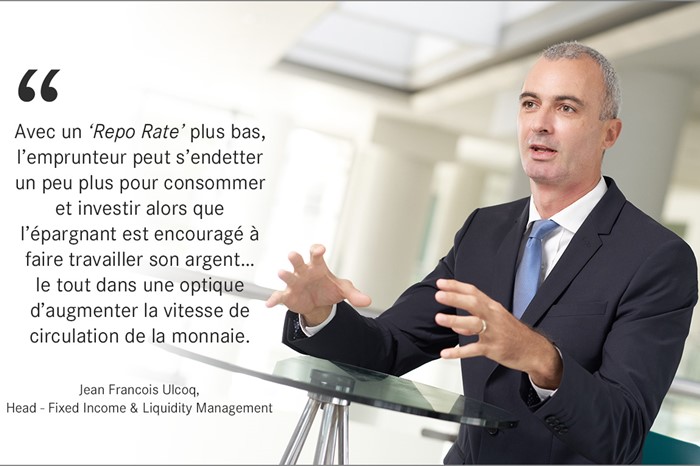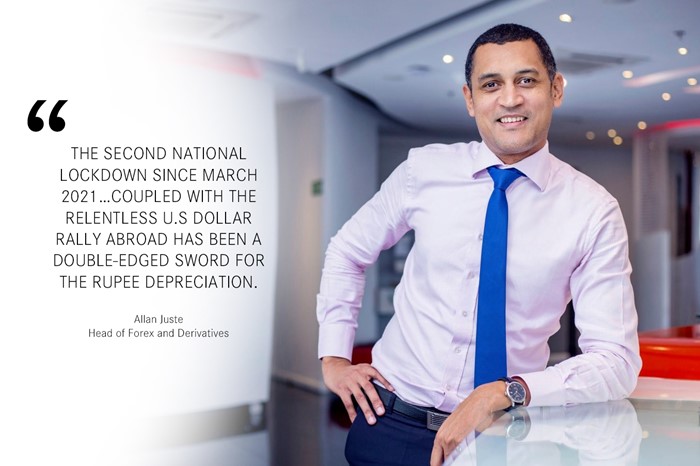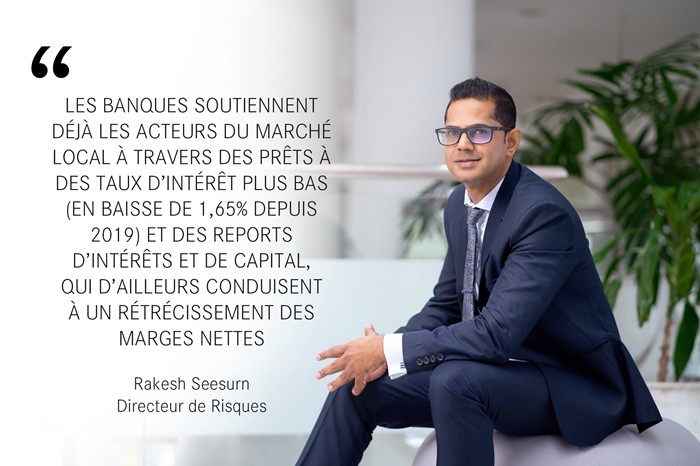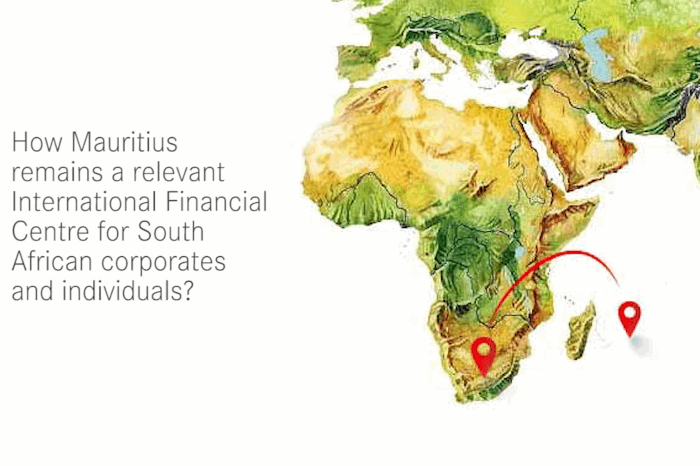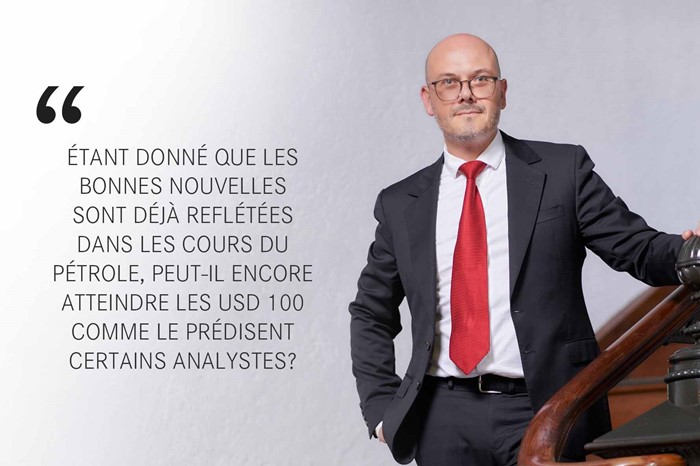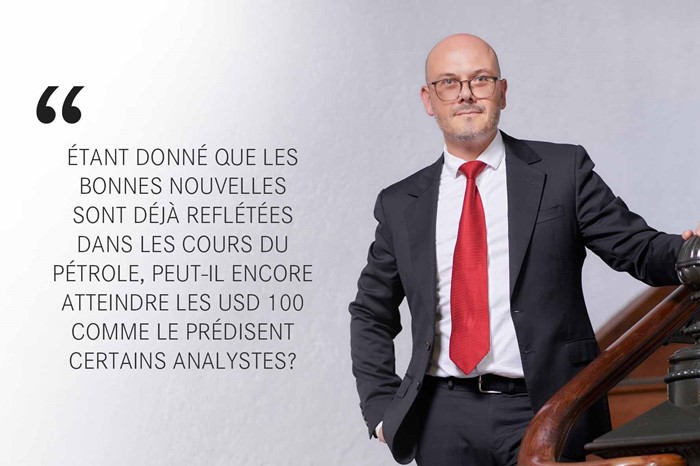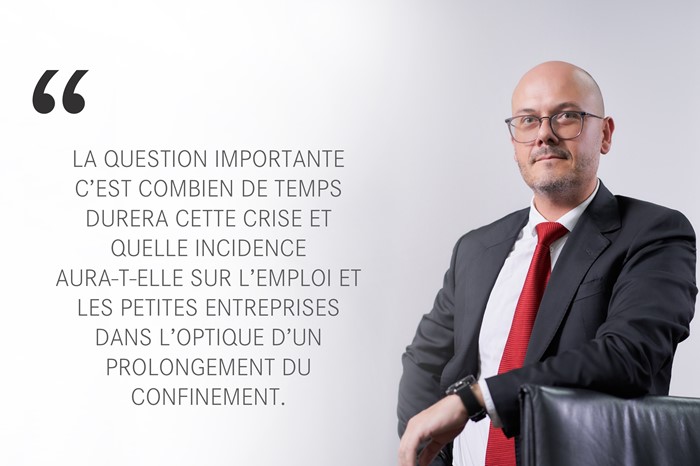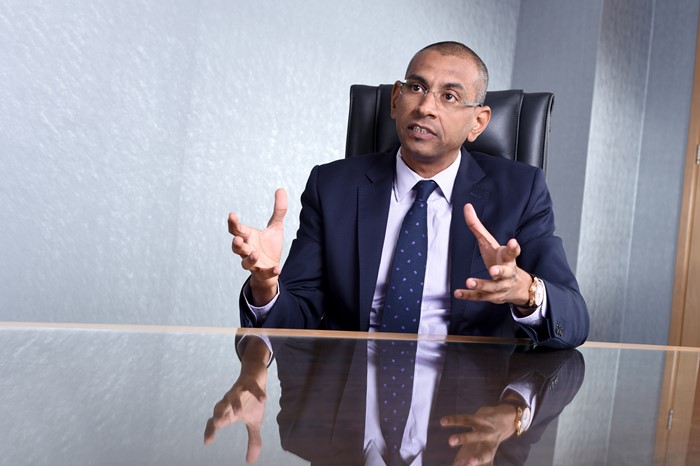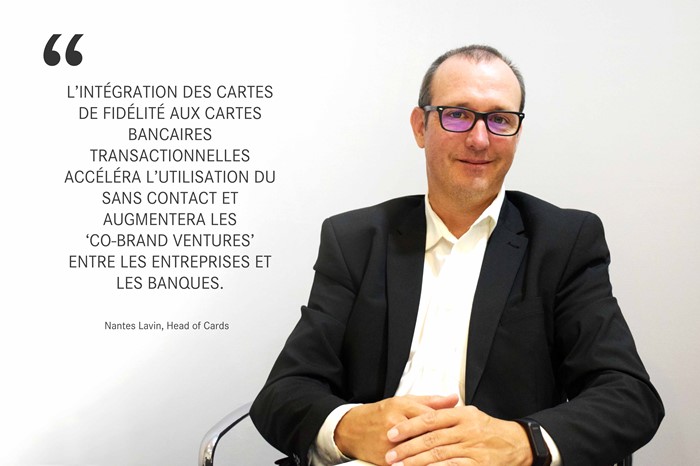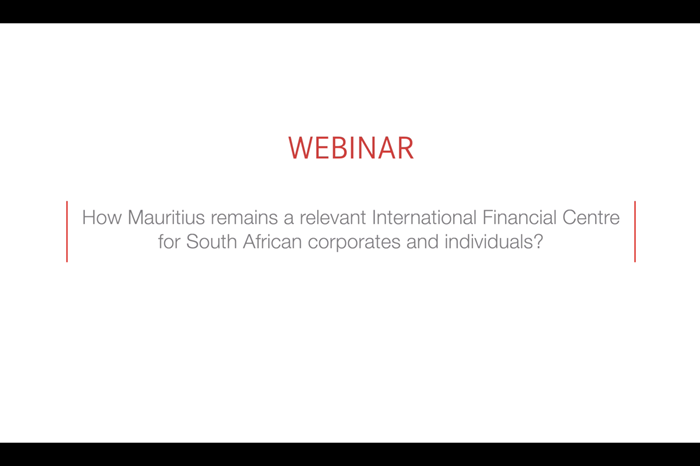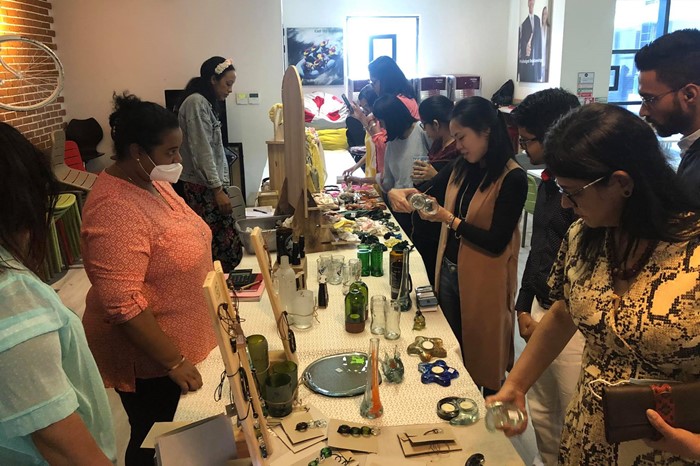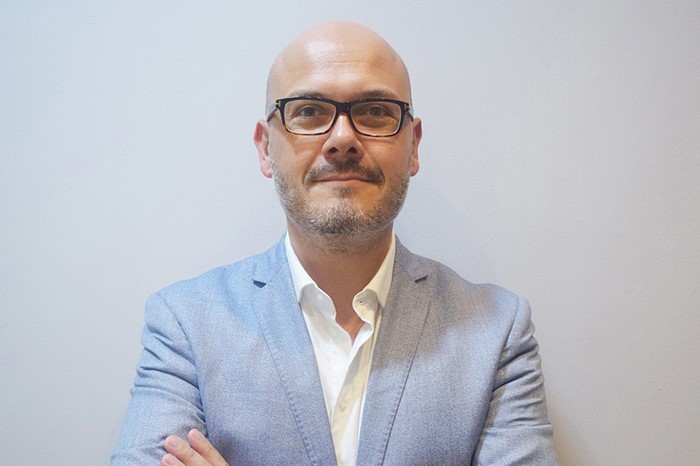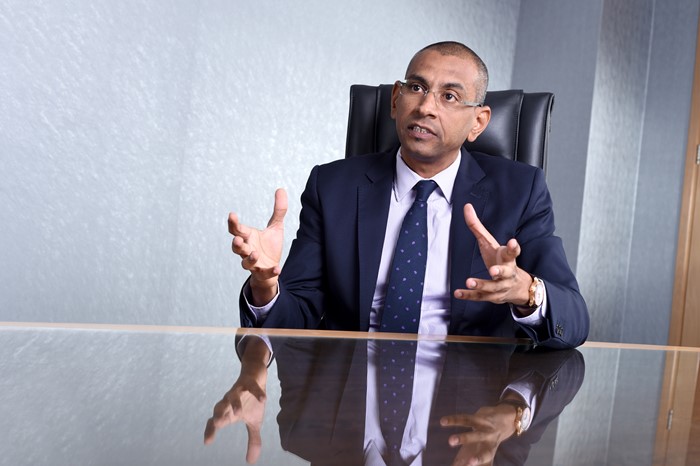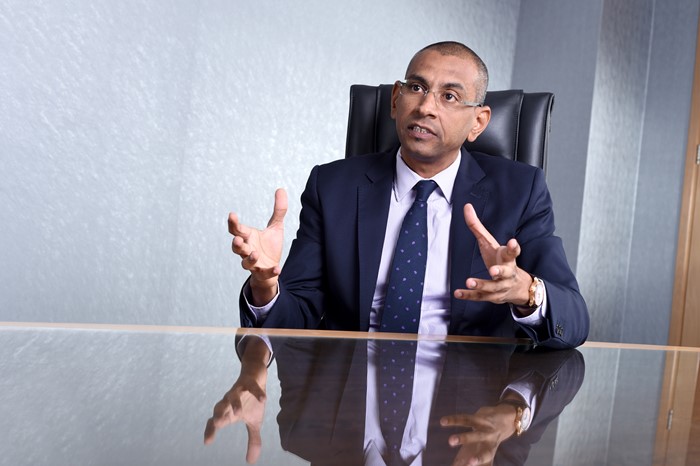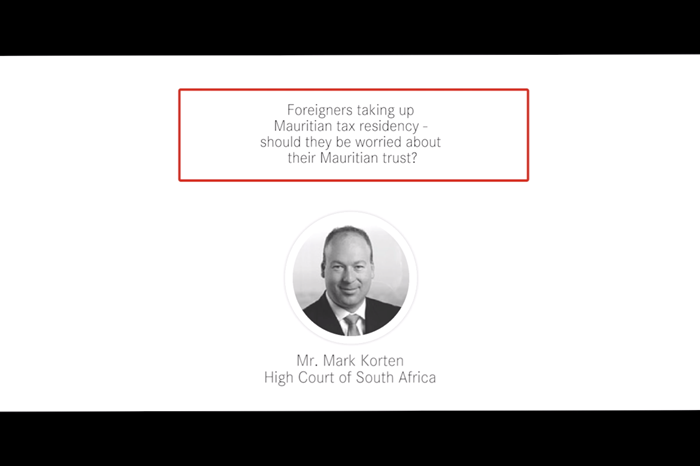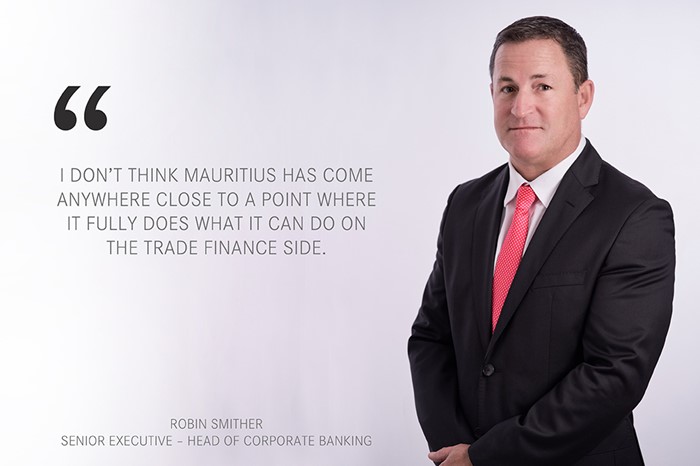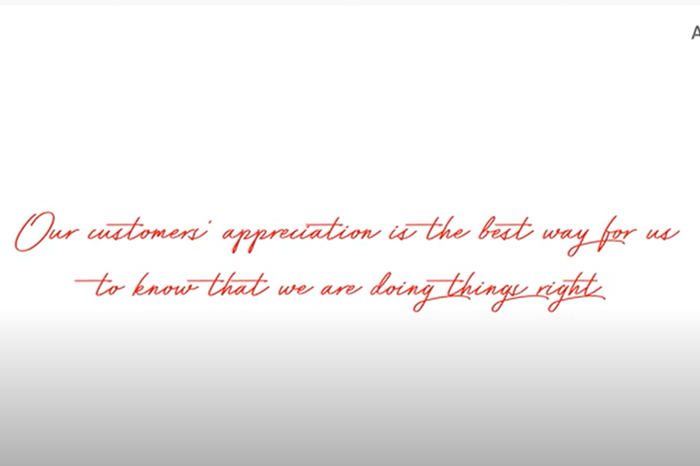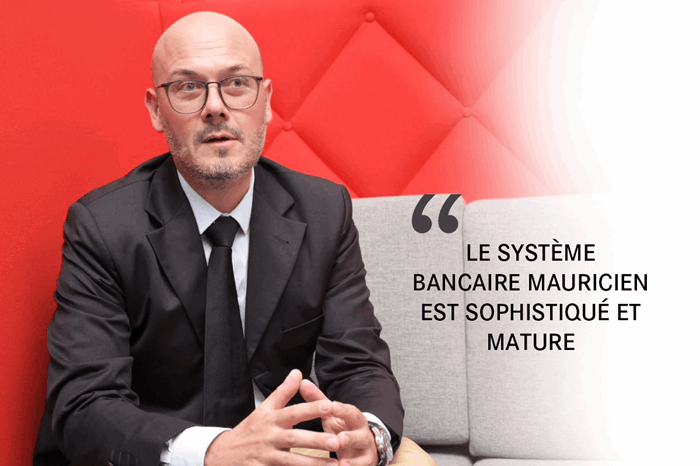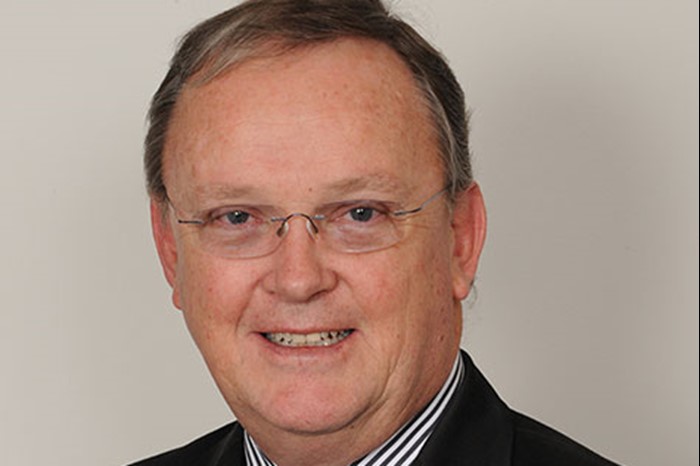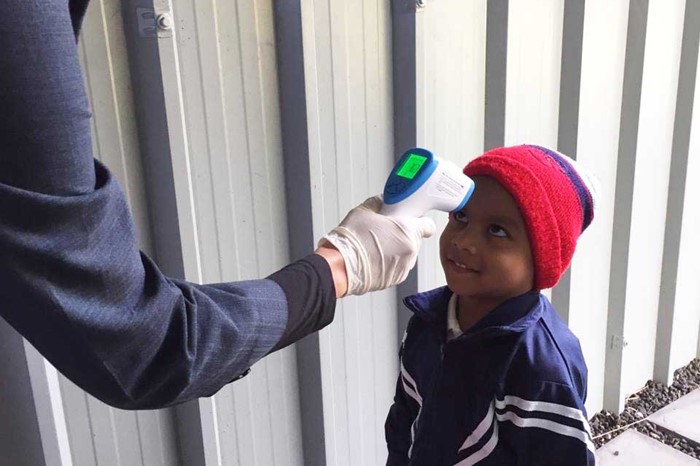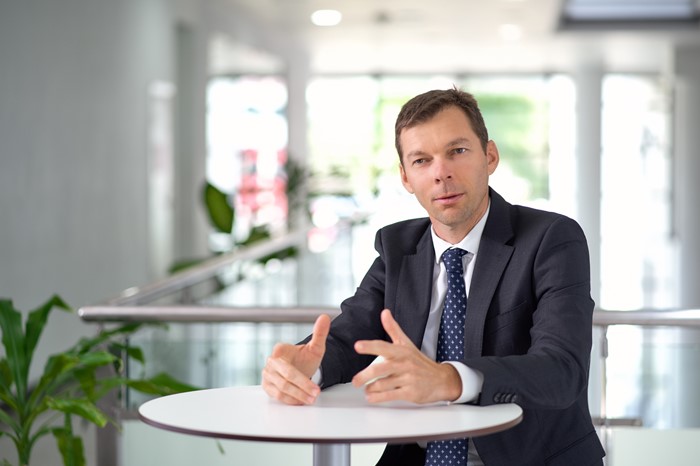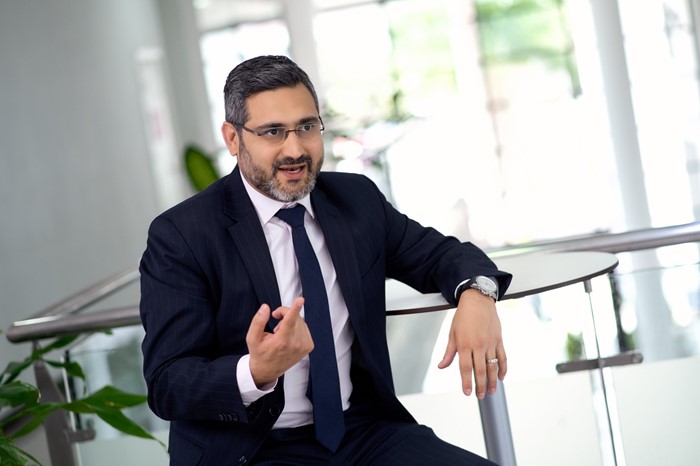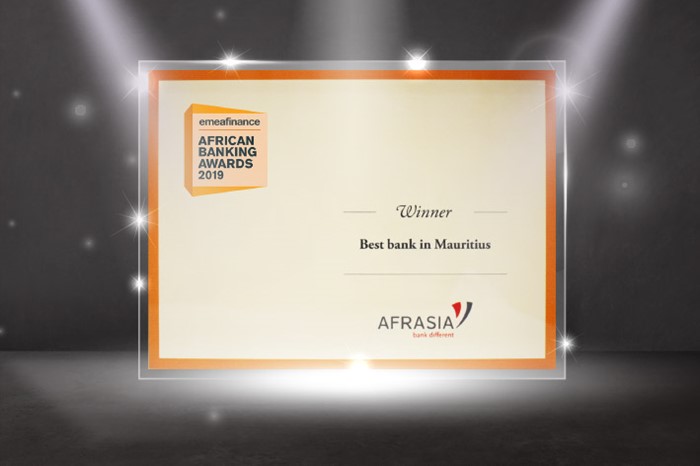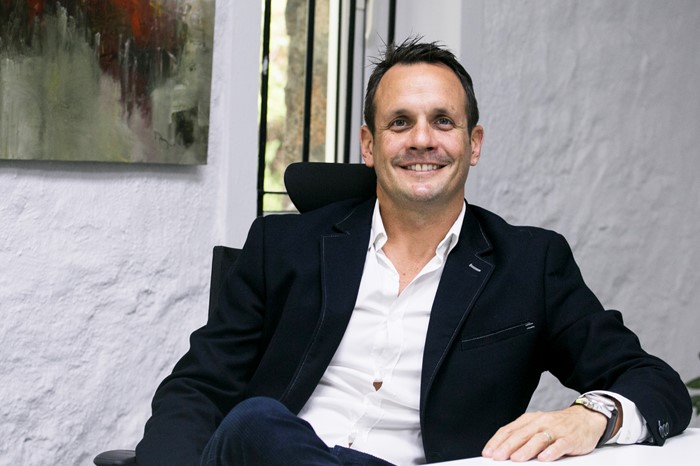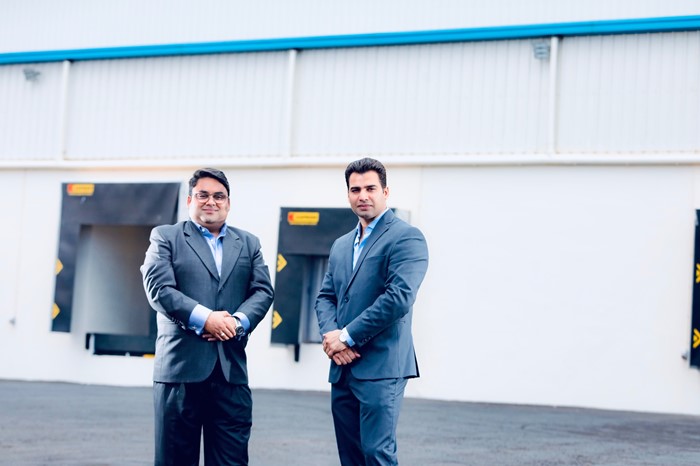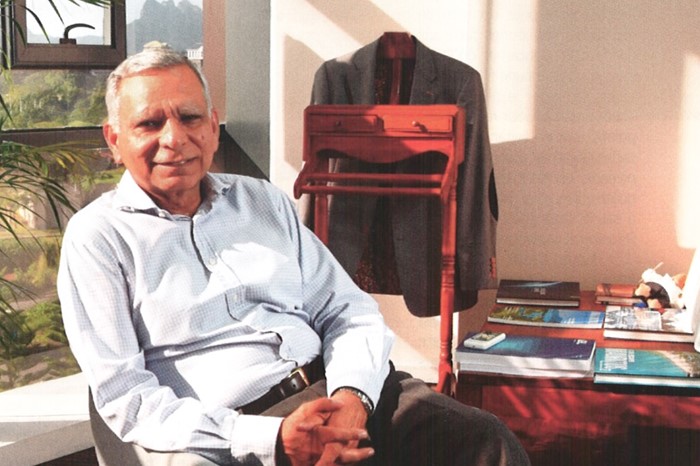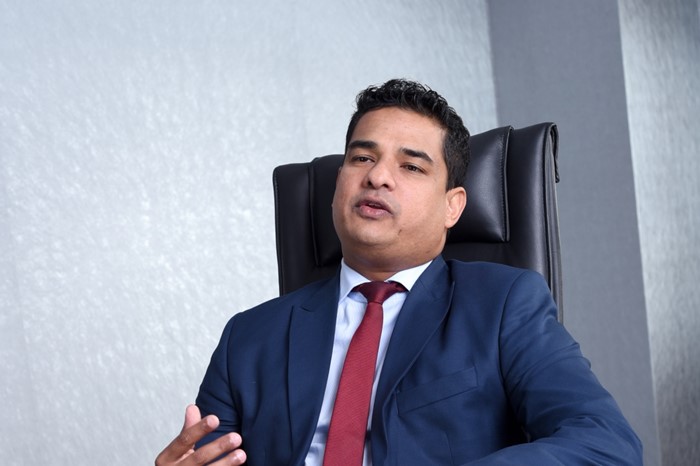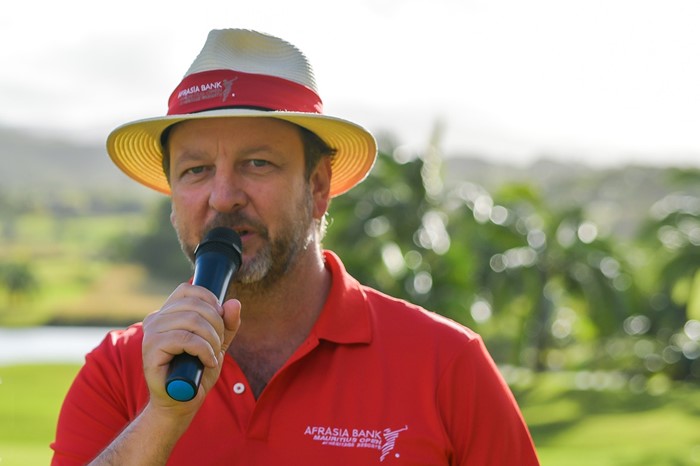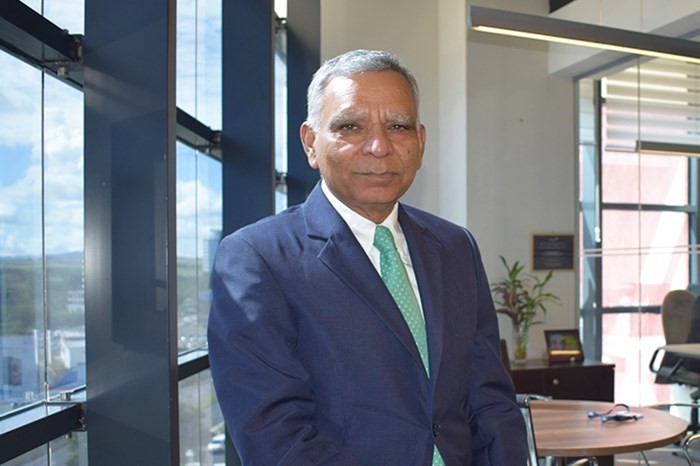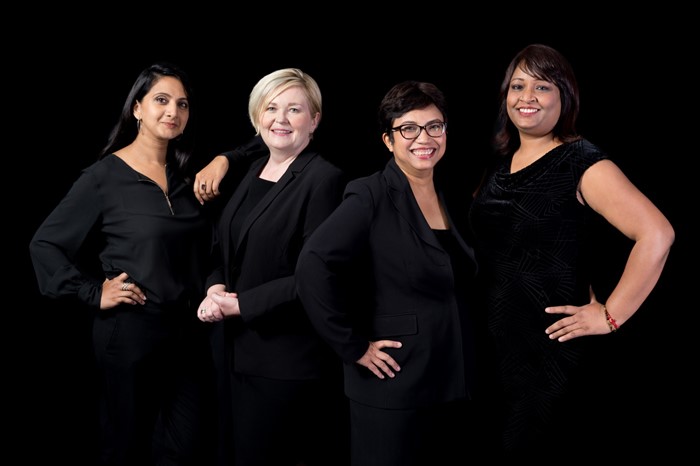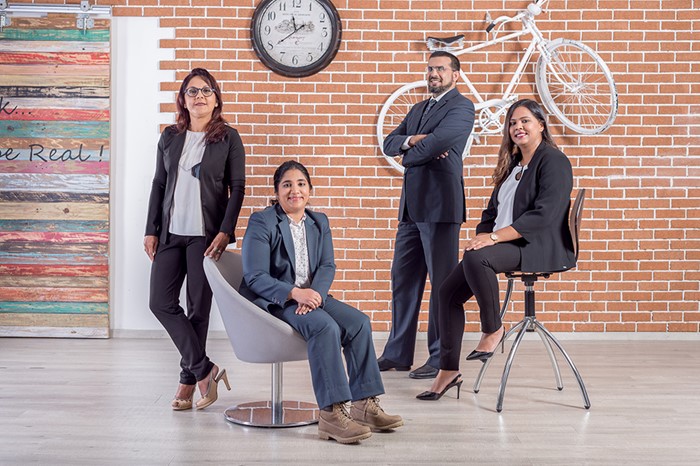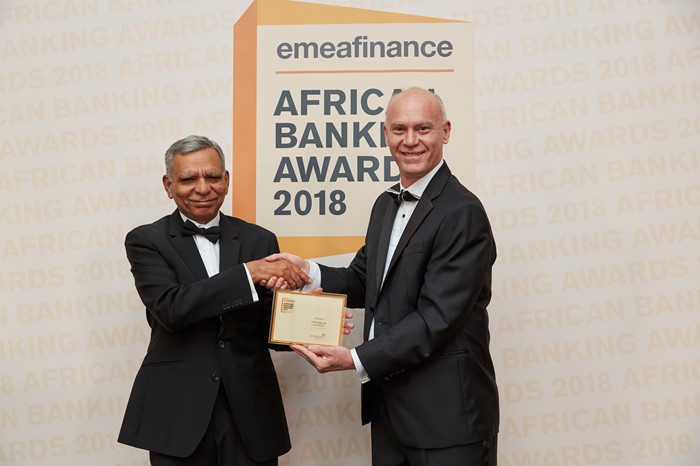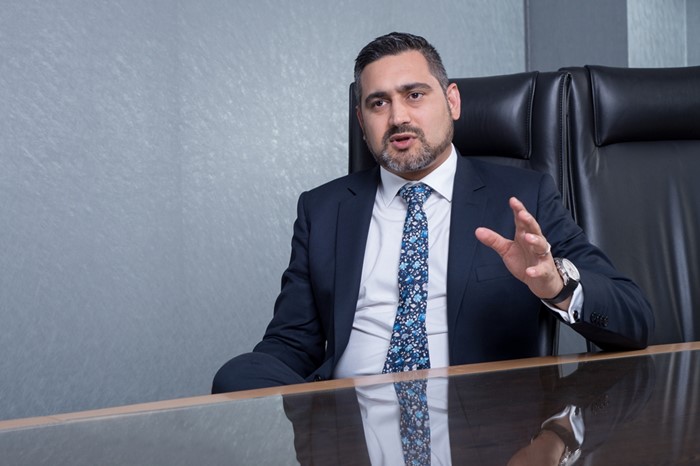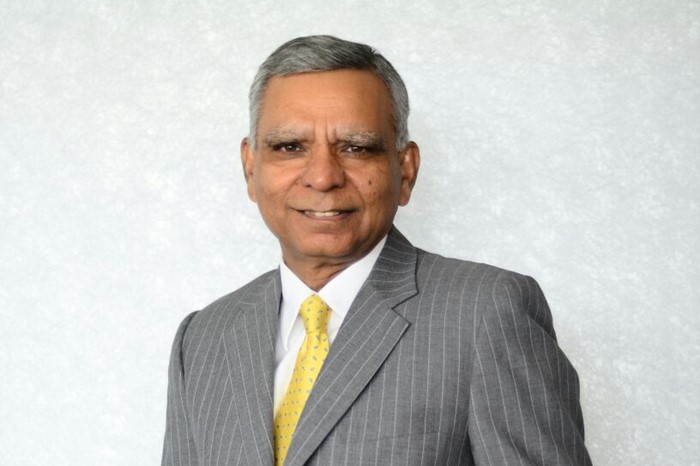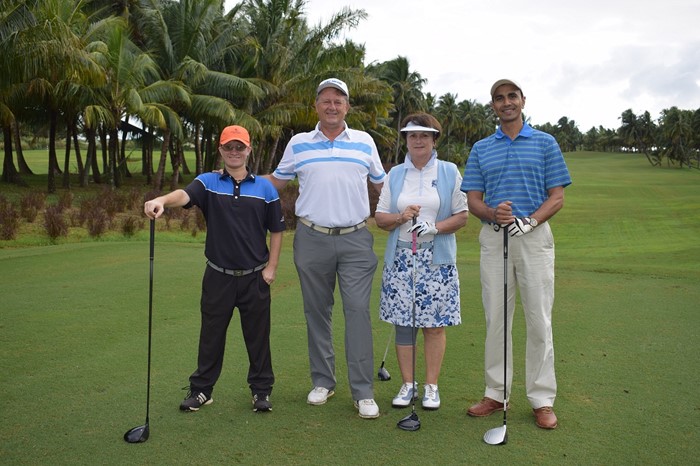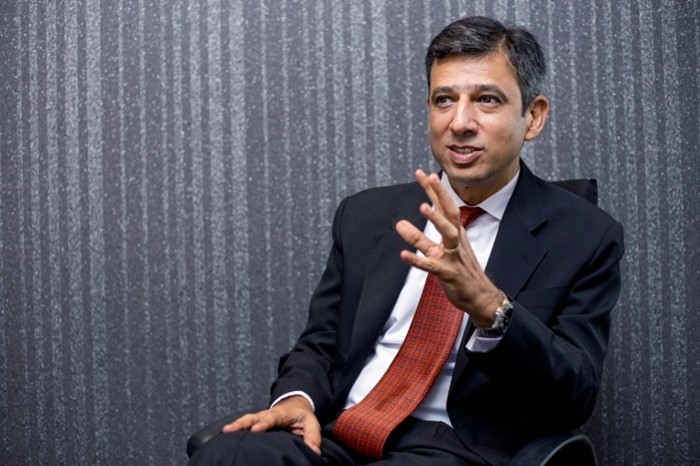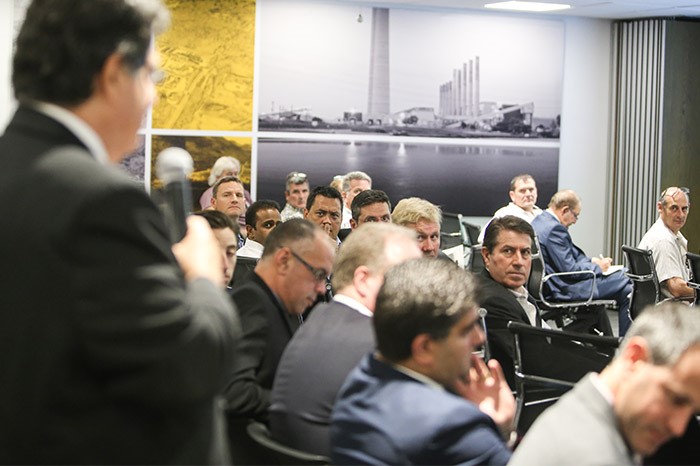After nearly 18 months of navigating through 2 national lockdowns, stern sanitary restrictions, and a national border shutdown, Mauritius revived its international travel on 1st October 2021. Boasting one of the strongest African economies, Mauritius has had to paddle its own canoe as best as possible to navigate through the storm. Now that it’s back in business, what can the Island, significantly reliant on the tourism and hospitality sectors, expect for the upcoming weeks, months and year even? Rajeev Basgeet – Partner at PwC, Anusha Ramkhalawon – Senior Relationship Manager at AfrAsia, and Suunil Goreeba – Senior Relationship Manager at AfrAsia unpack the opportunities and challenges ahead for the real estate and hospitality sectors.
With the reopening of our international borders, how do you foresee the business arena to evolve over the next one year or so?
Rajeev Basgeet: A sense of normalcy, or rather “new normalcy” is expected to gradually sink in. I say this with some caution considering that COVID-19 is not yet behind us. Following the vaccination roll-out in Mauritius and with the country out of the FATF Grey List, the timing could not have been more opportune. Given that both the financial and hospitality sectors are two major contributors to our GDP, these events represent a significant boost for our economic recovery. An improvement in these two business activities, coupled with a manufacturing sector that has held well – availing of currency movements – are solid grounds for optimism for the business climate to improve over the next year or so. Business activities related to these economic segments such as Real Estate and SMEs, amongst others, should also experience some much-needed recovery.
That said, we are not to overlook the challenges that await us in rebooting the economy in a sustainable fashion. One key challenge is likely to be the delivery delays birthed by global disruptions in supply chains which will eventually impact consumerism. Another pointer to consider is the productivity element of our workforce. These could have a significant bearing on our recovery, especially in the manufacturing and hospitality sectors. Therefore, such dynamics have to be managed carefully.
What I am discussing are the pillars of our “old” economy. With the business environment expected to improve, our agenda should be to build the foundations of a “New Economy” by standing strong and together to buttress our resilience to any future shocks and regain our competitive advantage. Here, both the public and private sectors should work together to explore the potential of underexploited arenas such as the Blue Economy and/or even develop a new business model for the economy anchored on sustainable goals. Complementing our collective efforts with trust and faith in our own abilities as well as a skilled workforce, we will eventually get Mauritius back on track. True it is to say that we should not underestimate the variants of COVID-19, especially with the emergence of the Delta variant on our territory. That said, other than forging ahead together with confidence, we’ve got no other choice.
How is the changing macroeconomic landscape likely to impact the banking and financial sector?
Anusha Ramkhalawon: The Mauritian economy has entered its new normal, so there is no question of going back to the old one at all. Private sector debt, which includes both corporate and household debt, is comfortably above 92% of this year’s projected GDP while public sector debt is marginally higher. With such elevated debt levels, especially when compared to public sector revenues - including unfunded liabilities and relative to free cash flows for the non-financial private sector - the growth outlook remains moderate at best, given our positioning across the debt cycle. Gross national savings also stands at around 8% of GDP which will make attracting more foreign direct investments key when it comes to stimulating overall investments.
While moratoriums and state support in terms of MIC (Mauritius Investment Corporation) bailouts and in terms of wage assistance schemes have helped to prevent the worst in terms of defaults, many sectors such as the hospitality have seen little bar a few exceptions in terms of recapitalisation and industry consolidation (mergers and acquisition activity). The key for Mauritius to eventually get back to a sustainable low-to-mid 3% growth path over the medium term revolves around the ability of both the private and public sectors to successfully navigate the deleveraging process to come.
Given high-debt to free-cash flow levels across certain sectors of the economy, we anticipate that banks are likely to remain more conservative and focus more on quality in sectors such as health care which have more defensive qualities and also benefit from long-term structural trends such as our ageing demographics. With the motto of the forthcoming decade likely to revolve around revamping old business models and balance sheet cleansing, we expect that more flexible forms of financing across the capital structure to gain increasing traction from credit lenders via increased customised credit issuance: structured notes, convertible bonds and the like.
If we look at the hospitality industry, specifically the tourism sector, in light of the recent support measures provided by the Government to help its revival, what kind of recovery and growth are we likely to witness?
Suunil Goreeba: The Mauritian economy is reliant on the tourism sector as it contributes directly and indirectly to around 25% of the GDP and accounts for 20% of total employment. In order to provide the required support to this sector, the Government implemented two key measures:
- Long-term funding to operators in this sector through MIC’s 9-year convertible preference bonds to be used to finance working capital requirements during these challenging times;
- Government Wage Assistance Scheme (GWAS) which is a wage subsidy to employers, as a response to Covid-19, to ensure that all employees are duly paid their salaries;
The minister of finance also confirmed that the authorities shall come forth with measures to support the tourism industry, in the event of lower-than-forecasted arrivals post the reopening of borders.
Mauritius has been welcoming international visitors since the middle of July and the “in resort bubbles” strategy has allowed some resorts on the Island to resume their activities albeit with a low occupancy rate. However, with the full re-opening of borders to vaccinated tourists since beginning of October, the main operators in the tourism sector have confirmed an occupancy rate of above 50% for this 10th month of the year. A total of 54,000 tourists visited the Island for the during October 2021, with nearly 80% of them coming from Europe. This is a very encouraging trend for this sector. The industry is expecting an occupancy rate above 60% for the months of November and December 2021 provided there are no changes to international travel norms and availability of air seats. The country is able to retain its high-end tourists as the 5-star resort cluster is currently ahead of the lower star peers in terms of occupancy.
The latter is coupled to the fact that on the air connection side, since October, an additional five airlines are operating a connection to Mauritius (Air Seychelles, Austrian Airlines, Corsair Airline, Condor Airline and Air Belgium). The 120,000 passenger arrivals forecasted for November looks promising. Jocelyn Kwok, CEO of AHRIM (The hotels & restaurant association of Mauritius) is optimistic with regards to the average occupancy rates for the hoteliers in November and December to fare better than the anticipated 50% & 65% respectively. The country is able to retain its high-end tourists as the 5-star resort cluster is currently ahead of the lower star peers in terms of occupancy according to him.
The Government has been working on different scenarios regarding tourist arrivals, with a base case seeing approximately 300,000 arrivals in 2021 and 650,000 arrivals for the period ended June 2022. So, this gives us hope that this sector will pick up gradually and can reach pre-COVID occupancy levels by 2023. This also means that auxiliary industries are likely to also pick up. Here, I am referring, amongst others, to the food and beverages sector, the agricultural production and even the real estate sector to a certain extent.
Speaking of the Mauritian real estate sector, how is it faring at the moment and how bright is the future ahead?
Anusha Ramkhalawon: Global financial conditions remain easy with real estate markets globally benefiting from significant liquidity. Rising inflation pressures globally when coupled with increased talk of Fed Reserve tapering however may moderate optimism on this front. When it comes to the local higher-end real estate markets, prices are not likely to experience any major fluctuations which will prompt those to be resilient in the short term. We do continue to see opportunities in the Smart and Green integrated real estate projects which target retirees and the future definitely looks bright here, to say the least! Nevertheless, we remain cautious, and maybe even less optimistic, with regards to high-end villa sales over the medium term.
Rajeev Basgeet: If you’d recall, even before the pandemic struck, there was a sense of nervousness that the economy was overly exposed to the property sector. There was also discussion around a potential bubble that may burst. Credit origination towards this sector was under enhanced supervision.
With COVID-19, demand may have dampened, but the confidence level in the sector appears to be holding strong. And, that’s positive. Lately, we have noted major development projects being planned. Developers have remodelled or adapted their projects to take into account the evolving aspirations of buyers. New projects are factoring in the notion of smart and green concepts to improve the lifestyle experiences of future buyers. A new wave of demand is likely to flow into these segments that is likely to keep the real estate sector thriving.
The challenge, as we see it for developers, could be about finding the right trade-off for past projects yet to be sold, whilst managing the changing aspirations of buyers. We need to watch out for delays in project delivery which may dampen confidence. As we note globally, government support towards distressed real estate projects is not forthcoming. Credit flow into the sector is essential to sustain the sector both from a supply and demand perspective.
The Government has also put forward schemes over the years to assist non-residents to own property in Mauritius. This has been further reinforced by the proposed 2021-2022 budgetary measures over the past couple of years, including the ‘Premium Visa’ scheme, the extension of maximum duration for Occupation Permits for foreign professionals from 3 to 10 years and Permanent Residency Permits from 10 to 20 years as well as a reduction from USD 500k to USD 375k to own a villa in Mauritius.
That said, although we have important players that should be able to keep the sector strong, we should continue to challenge ourselves to see how the property clusters can continue to sustainably drive future GDP growth.
Is it the right time to invest in real estate?
Rajeev Basgeet: At a macroscopic level, a degree of optimism is back, and investors are gaining in confidence. So, there could be an opportunity that may cater for all segments: be it High Net Worth (HNW) individuals, residents or non-residents. Supply side is not constrained. With continued credit availability, it may well represent an investment opportunity. To get this right, it’s now time to market these opportunities as part of the hospitality sector global campaigns, and for banks with a strong HNW or private banking clientele to showcase these investment opportunities. For example, a technology platform could be considered on how best to connect all these players (developers, banks, and buyers) to speed up the investment process.
Anusha Ramkhalawon: In view of the increasing public debt on a global scale, western tax authorities will be under increased pressure to close taxation gaps which benefit the rich. Offshore jurisdictions are more likely than not to face more challenges than they did in the past, including in real estate where foreigners benefited from tax savings from being residents. However, with the cost of living everywhere rising and baby boomers retiring, should Mauritius be able to offer a competitive product when it comes to retirement living along with associated facilities such as better and higher quality private health care and long-term care, this real estate segment is likely to attract foreign investments and retiree demand. Couple this to the fact that Mauritius is now out of the FATF Grey List and all stakeholders are at work to reinforce its positioning as an International Financial Centre of substance, we can say that we can surely see the beaming light at the end of the tunnel.
Should you wish to know more from our experts, get in touch with us at afrasia@afrasiabank.com

